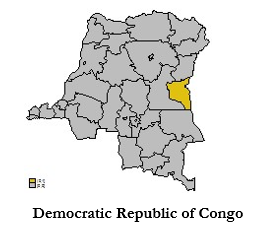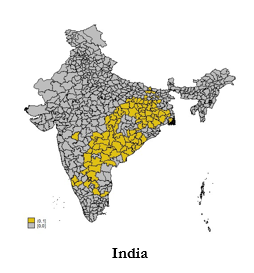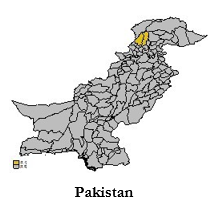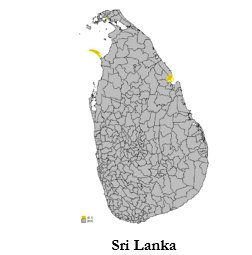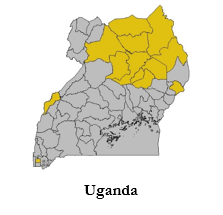Fragility undermines efforts geared towards achieving the Sustainable Development Goals (SDGs). Many international organisations and national governments recognise this today and are attempting to reduce fragility within their borders. This is in turn backed by an expanding research base on the topic. However, in spite of a broad literature on how to tackle fragility, there are very few studies on the incidence of extreme poverty among fragile populations. The majority of the research has instead focused on peace building and governance, leaving aside the issue of poverty reduction.
Why focus on reducing extreme poverty in fragile countries?
Preventing or ending civil wars and reconstructing infrastructure and solid political institutions are today the main priorities in fragile countries. However, extreme poverty in fragile areas should also be a concern for policy makers. Fragility increases the vulnerability of the population and the exposure of poor households to negative shocks. The chances of escaping poverty become very thin and the risk of falling into poverty increases. Reversely, poor economic development can also contribute to the fragility of a country. This circular relationship between poverty and fragility makes it difficult to know where to start and how to achieve poverty eradication.
So what are we doing about it?
In CPAN, we are working on a report on pro-poorest growth in fragile states, aimed at filling the gap in the research on how to tackle extreme poverty in Fragile and Conflict Affected States. We focus on analysing fragility at the subnational level and attempt to better understand how variations in fragility can affect poverty and pro-poorest growth in Uganda, Nigeria, Democratic Republic of Congo, India, Nepal, Pakistan and Sri Lanka.
Why focus on fragility at the subnational level?
As most conflicts today occur at the intra-state level, it is important to start studying fragility at a subnational level, rather than at a national level. For example, post-conflict states in Uganda are concentrated mainly in the north, while in India significant Naxalite presence and fragility on a subnational level is also evident. Fragility indices based on national level analysis like the World Bank’s Harmonised List of Fragile Situations or the OECD’s list of fragile states can fail to reflect these realities within state borders. Indeed, India is not considered a fragile country according to these and other national level fragility indices. Moreover, in some cases, countries might appear to be making progress in terms of fragility despite ongoing armed conflicts in specific localities within countries.
In our study, we identify fragility at a subnational level based on indicators such as perception of safety, fatalities from armed conflict, the presence of fighting in the village, internal displacement and household shocks. Initial findings suggest that a two-pronged approach is needed in tackling fragility, through addressing both subnational conflict and household-level vulnerabilities and resilience strategies. If not, the poorest households are likely to experience income and expenditure declines in spite of the presence of pro-poor policies, and become impoverished or live in chronic poverty. This then prevents us from achieving SDG 1 of halving extreme poverty by 2030.
This study is part of a project funded by the German Corporation for International Cooperation (GIZ). Click here to download the full report.
The maps of the country studies are presented below. In India, Nigeria, and Uganda, fragile states or districts within the countries are highlighted in yellow. In Nepal, Pakistan, Sri Lanka, and DRC, the yellow refers to fragile areas from which survey data was collected and analysed.
